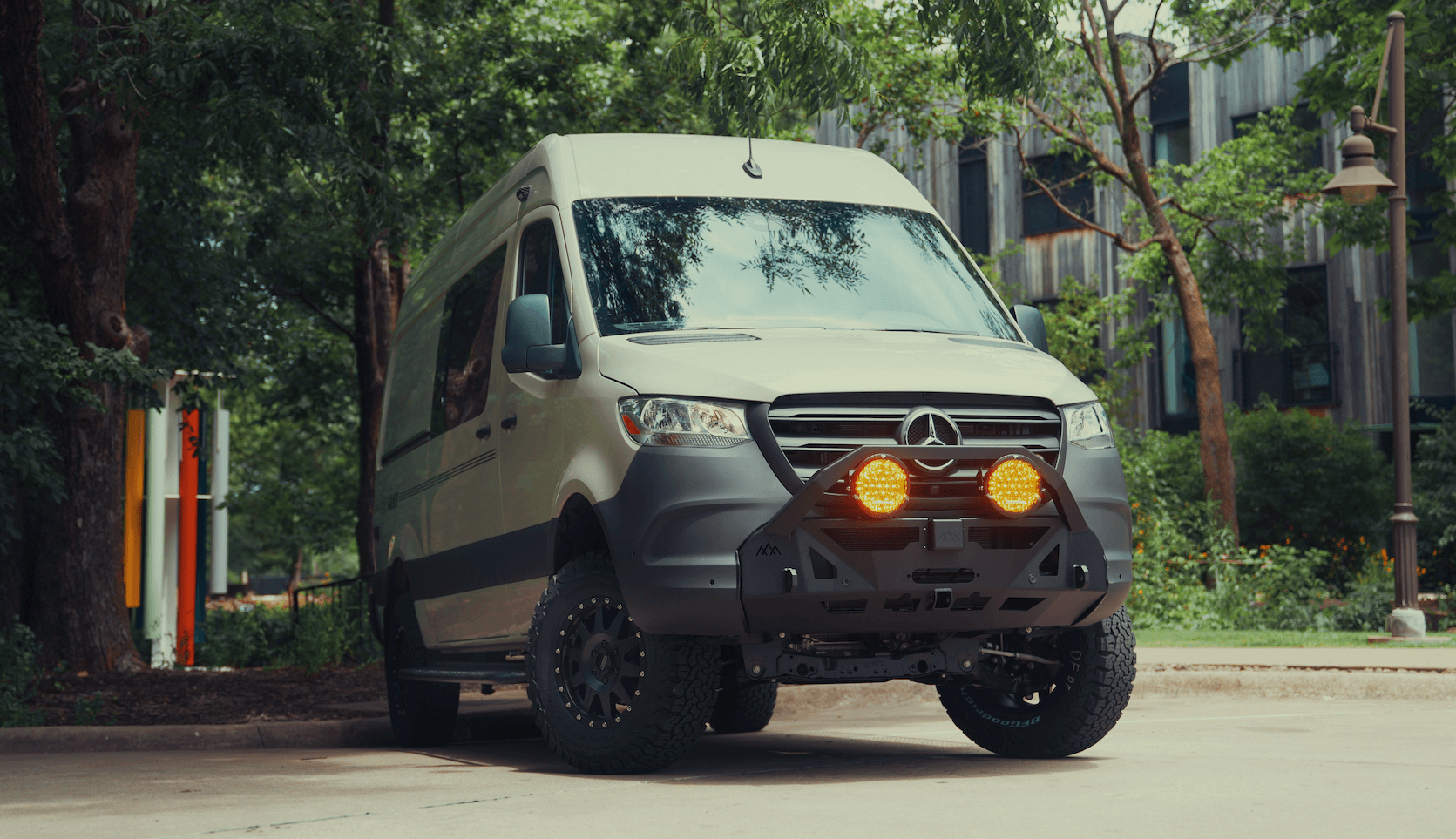Recreational Vans

Wind power scales with the cube of wind speed. Double the wind speed and power jumps eightfold. That is why manufacturer ratings printed at 25 miles per hour rarely translate to everyday camps. Cut in speeds are typically 6 to 8 miles per hour, and useful charging often begins closer to 12 to 15 miles per hour.
A common micro turbine rated 400 to 600 watts might average 50 to 200 watt hours per night in moderate locations with intermittent wind. In a consistently windy coastal site it can break 500 watt hours. Compare that to a 300 watt solar array that might deliver 900 to 1500 watt hours on a sunny day, but much less in winter storms. The takeaway is simple. Wind can fill gaps when the sun disappears only if the wind is truly there.
Solar is predictable on clear days, silent, and maintenance light. Wind is variable, audible, and mechanical. A smart power plan uses solar as the anchor and adds wind only for specific routes or seasonal needs, such as wintering on breezy coasts or staying long term in wide open spaces.
A safe wind system needs more than a turbine and some wire. Key pieces include
Mounting height matters most. Air near a van roof is turbulent, which robs energy and increases noise. A portable mast that raises the rotor 10 to 20 feet and sits a few rotor diameters upwind of the van yields far better results than a low roof mount. Never operate a turbine while driving.
Horizontal axis models with three blades dominate micro wind for their efficiency and available controllers. Vertical axis designs start more easily and are less sensitive to direction but typically produce less energy for the same swept area. Look for clear specifications. Cut in speed, rated speed, survival wind speed, and the full power curve will tell you far more than a single watt rating.
Any spinning rotor makes sound. In a quiet campground it will be noticeable. Use mast isolation, guy line dampers, and balanced blades to reduce hum. Vibration can travel into the vehicle structure, so avoid rigid roof mounts and attach to a freestanding mast with soft mounts where possible. Keep blades clear of people, pets, and awnings.
Wind controllers must always have a path to dissipate energy. That is what the dump load is for. Never disconnect a charging turbine without a brake or diversion load. Lithium iron phosphate batteries pair well due to flat voltage curves and high cycle life, but any chemistry needs correct charge profiles from the controller.
Campsites have rules. Many parks restrict generators and may also disallow turbines due to noise, guy lines, or visual impact. Public land policies vary by district. Ask a ranger before deploying. Coastal sites add salt corrosion concerns, so rinse and inspect hardware often.
The most practical strategy for most travelers is a hybrid system. Solar handles daytime loads and bulk charging. Alternator charging covers short drives between sites. A portable turbine comes out only when wind maps and on site conditions warrant it. This simple hierarchy delivers power with fewer compromises, keeps the rig quiet most days, and saves space and weight.
Start with your daily energy budget. Add up fridge, fans, lights, pumps, devices, and cooking if electric. Convert that to watt hours. Match solar to your roof area, then consider whether wind can realistically cover shortfalls in your travel regions. Use wind maps and historical averages for your destinations, not a single weekend forecast.
Plan your mast deployment workflow. If it takes more than a few minutes or blocks doors and windows, you will avoid using it. Keep a checklist. Inspect blades for chips, tighten hardware, and verify guy line tension every time. Store blades in padded sleeves and keep spare fuses and a multimeter on board.
For most people, the right answer is a thoughtful solar system with an option to add a compact, portable turbine for extended winter stays in windy spots. If your travels rarely see steady wind, skip it and invest in more battery capacity or improved alternator charging instead.
Strong builds and clean wiring matter as much as the gear. If you want to explore custom energy solutions that match your routes and seasons, see our recreational vans, our custom van build, and our mainstream vans.
OZK Customs designs and installs complete power systems as part of full or partial van upfits. We size solar, alternator charging, battery banks, inverters, and shore power first, then add wind only where it pays off. Tell us how you travel and we will engineer a system that stays quiet, charges quickly, and is easy to live with. Reach out to plan your build and pick up your finished van at Adventure Point in Northwest Arkansas.
Ready to design reliable off grid power that matches your routes and seasons? OZK Customs engineers complete and partial upfits with proven charging strategies: solar first, wind where it works, and shore or alternator as backup. Tell us how you travel and we will design the right system, install it cleanly, and hand you the keys at Adventure Point. Start your custom build today.
ADDRESS:
6159 E Huntsville Rd, Fayetteville, AR 72701
PHONE:
(479) 326-9200
EMAIL:
info@ozkvans.com